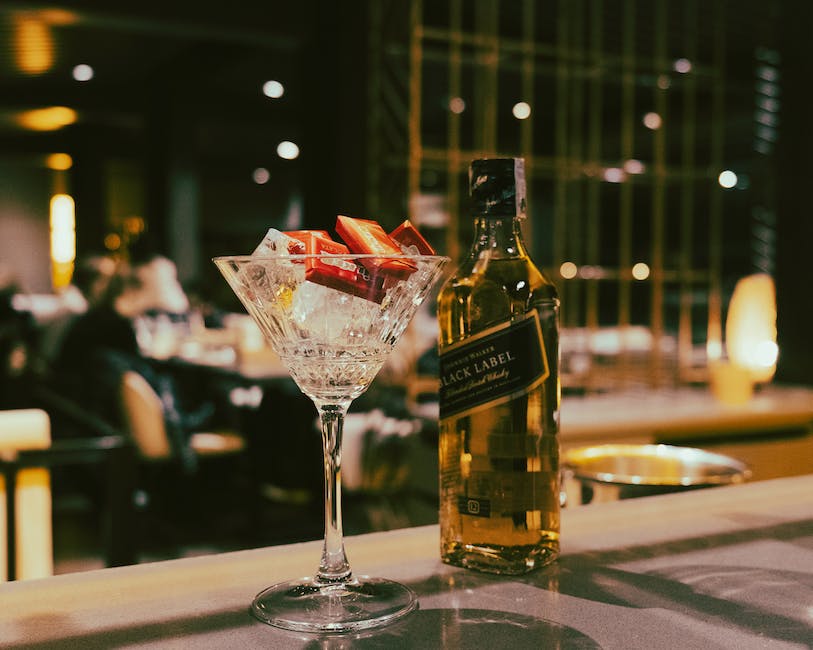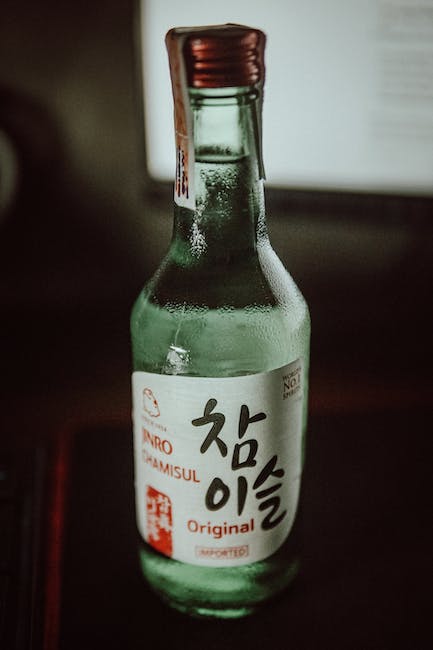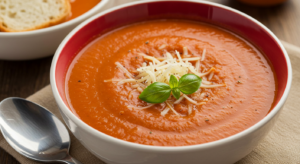
A Deep Dive into the Classic Gin Flavor
Gin has been savored for centuries, earning its place in the hall of classic spirits. The primary characteristic of classic gin is undoubtedly its distinctive juniper flavor. Starting as a clear, colorless base spirit, gin takes on its unique flavor profile through the infusion of various botanicals during the distillation process. However, the most prominent among these botanical elements is the juniper berry, which gifts it a resinous, piney, and mildly fruity flavor invariably associated with classic gin.
Juniper berry isn’t the only player in shaping gin’s flavor, though. Other botanicals such as angelica root provide earthy undertones, while citrus peels lend a fresh twist to the gin palate. As a result, when we ask the question, “what does gin taste like?”, the answer is a delightful alchemy of flavors that intrigue and invigorate the senses.
Contemporary Gin: A Modern Interpretation
As opposed to classic gin, contemporary gin is a more modern, experimental interpretation of the spirit. Contemporary gin still uses botanicals for flavor, but the emphasis on juniper is reduced, making way for a wider range of other expressive flavors. This results in a unique flavor profile that varies wildly from one brand to another.
The flavor of contemporary gin often highlights a particular botanical or set of botanicals other than juniper, resulting in a distinctive flavor that can range from floral to spicy, sweet to dry, and anything in between. This includes everything from infusions with exotic fruits and spices to unique elements like seaweed and tea instead of (or in addition to) traditional gin botanicals.

A Slice of Citrus: The Role of Orange Peel
One botanical that’s prominent in gin’s aromatic symphony is the orange peel. This botanical imparts a crucial fresh, citrusy note that rounds up the flavor of gin. Orange peel, like other citrus peels, balances out the robust juniper and botanical flavors with its zestful presence.
Being a key ingredient, flavor with hints of citrus is often at the forefront in many types of gin. Whether served neat or in cocktails, the flavor contribution of orange peel (or any citrus peel) to gin is pretty unmistakable.

Breaking Down the Distillation Process
The distillation process is the core of defining the unique taste of gin. Gin starts off as a neutral, high-proof base spirit typically made from grains. This spirit is then re-distilled with the carefully chosen botanicals that impart their various flavors and aromatic compounds to the resultant liquid. Juniper must be the dominant flavor according to regulations, hence its distinctive presence in all types of gin.
However, the types and quantity of the other botanicals used vary widely, leading to a vast array of gin styles on the market. From the robustly flavorful London Dry Gin, to the nuanced Old Tom Gin, and the uniquely flavored contemporary styles, the distillation process directs the symphony of each gin’s flavor profile.

The Quintessential Pair: Gin and Tonic
There’s hardly a more iconic duo in the spirits world than a gin and tonic. Gin’s characteristic flavor blends perfectly with the bitter, slightly sweet profile of tonic water to create an exceptionally refreshing beverage. Tonic water not only complements gin but also helps in opening up its flavors, amplifying them while adding a characteristic quinine tanginess to the palate.
Aside from being a popular mixer, tonic water used in a gin and tonic cocktail can bring out different nuances of the gin, highlighting its unique botanical profile. Whether the gin has a strong juniper backbone or a unique contemporary flavor, tonic water acts as the perfect backdrop against which these flavors can shine.

The Taste for Adventure: Barrel Aged Gin
Barrel aged gin is a relatively new addition to the gin family that presents an innovative twist on the classic spirit. As the name suggests, this gin is matured in oak barrels, much like whiskey. This aging process results in a warm, rounded flavor that adds complexity and depth to the gin.
In addition to the juniper and botanicals inherent in gin, barrel aging imparts notes of vanilla, caramel, and spice, significantly transforming the flavor of gin. This results in a gin that has a unique intersection of flavors, being both recognizable as gin yet having the depth and warmth associated with aged spirits.

London Dry Gin: The Classic Standard
Arguably the best-known gin, London Dry Gin is the iconic representation of what many think when they hear the word “gin”. Despite its name, London Dry can be made anywhere in the world. It signifies a certain style of gin that is known for rich, full-bodied flavor with a strong juniper profile, blended with a balance of other botanicals which can include citrus peel, angelica root, and coriander among others.
London Dry Gin sets up expectations of a certain taste profile – a distinctive mix of juniper, spice, and citrus, with a dry finish. This classic style is the basis for many classic gin cocktails due to its distinctive flavor profile.

In Conclusion – What Does Gin Taste Like?
So, in conclusion, what does gin taste like? It tastes like a delightfully harmonious mix of botanicals, with the invigorating notes of juniper playing the lead, coupled with subtle undertones of many other aromatics including citrus peel and angelica root.
Whether it’s the strong, bitter-sweet character of a London Dry gin, a sweeter, full-bodied Old Tom gin, the experimental flavors of a contemporary gin, or the rich, warm notes of a barrel-aged gin, each variant of this spirit carries a distinctive flavor profile. Now that you know about them, why not try them? And do make sure to drink gin responsibly!
FAQ
1. What is the role of the orange peel in the flavor of gin?
The orange peel imparts a zesty, citrusy note that balances out the other botanical flavors in gin, particularly juniper.
2. Are there different types of gin?
Yes, there are several types of gin including but not limited to: London Dry Gin, Old Tom Gin, and Contemporary Gin, each with their own distinctive flavor.
3. How does the distillation process affect the flavor of gin?
The distillation process is crucial to the flavor of gin as it is during this process where the gin is imparted with flavors from botanicals.
4. What is barrel aged gin and how does it taste?
Barrel aged gin is a style of gin that is matured in oak barrels. The aging process gives it notes of vanilla, caramel, and spice, adding complexity and warmth to the gin’s flavor.
5. How does tonic water enhance gin flavors in a gin and tonic?
Tonic water complements gin’s flavor while adding a characteristic quinine tanginess to the palate, which helps to open up and highlight gin’s unique botanical profile.
6. How does contemporary gin differ from classic gin?
Contemporary gin varies from classic gin by using a wider range of botanicals, reducing the emphasis on juniper. This results in a unique flavor profile that can vary from one brand to another.
7. What is the base spirit used in gin production?
The base spirit of gin is typically a neutral, high-proof alcohol made from grains.
8. What is the primary flavor in classic gin?
The primary flavor in classic gin stems from the juniper berry, which gives a resinous, piney, and mildly fruity flavor to the spirit.
9. What does London Dry Gin taste like?
London Dry Gin has a robust flavor with a strong juniper backbone, complemented by a balance of other botanicals which can include citrus peel, angelica root, and coriander among others.
10. How do I drink gin?
Gin can be enjoyed straight, with tonic, or in a variety of cocktails. Always remember to drink gin responsibly.








